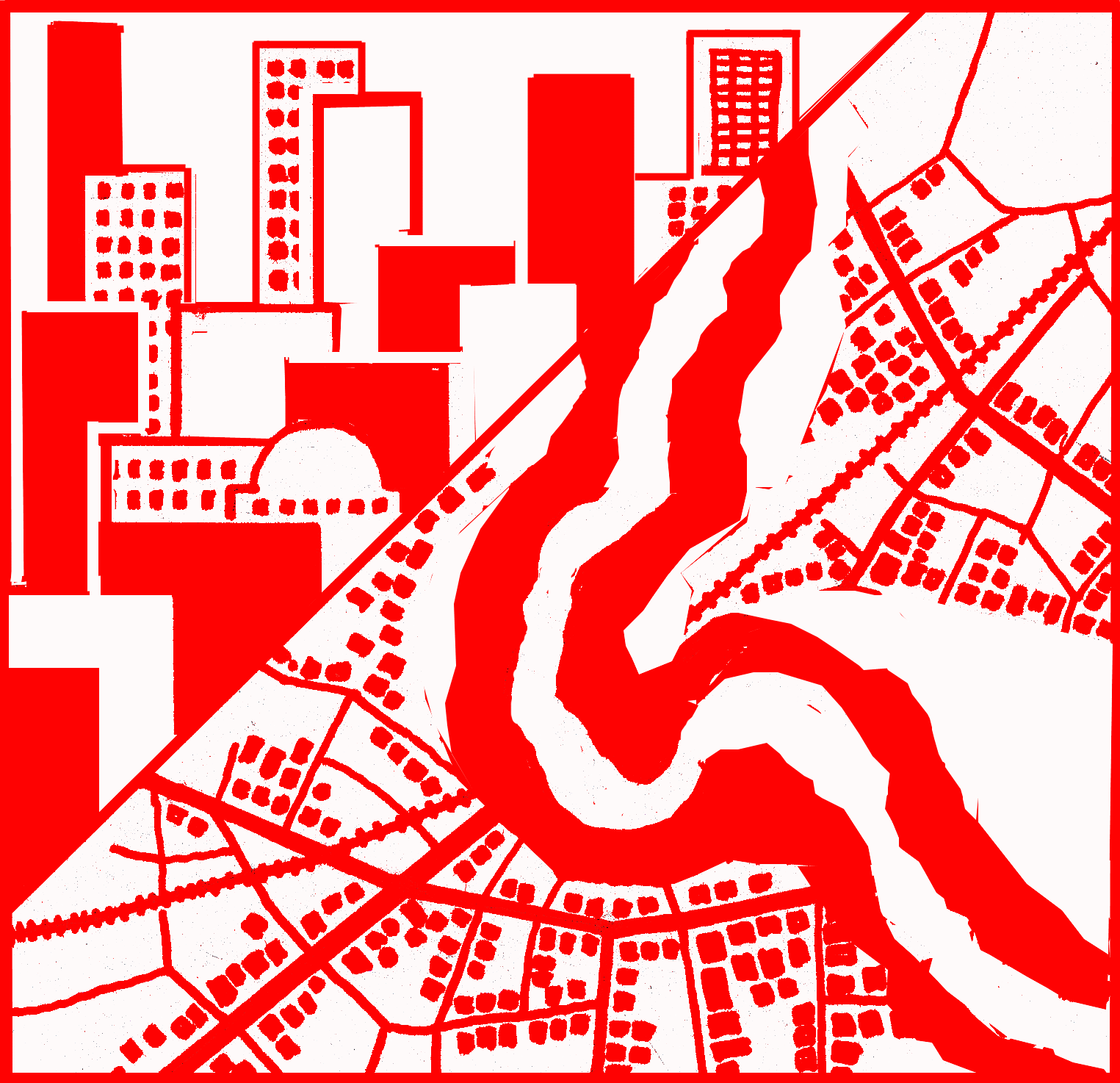| Editor's Corner...
Special Insert...
ADPC Programs and Activities...

Theme

From the grassroots

Insight

AUDMP - making cities safer

Bookmarks

WWW Sites
|

|
From
the grassroots...
Nepal's Earthquake Safety Action Plan for Hotels
|
Nepal lies in an active tectonic region and the orogenic movements of the Himalayan mountains make it vulnerable to earthquakes of various magnitudes. The scientific community feels that an earthquake of enormous energy is inevitable. If a large earthquake strikes Nepal, it will not only put residents at risk but also the large number of tourists. This would hamper the country's flourishing tourism industry. Therefore it is prudent to be prepared to face and mitigate the impacts of this hazard. The Hotel Association of Nepal (HAN) has drawn up an elaborate earthquake safety action plan for hotels, in collaboration with the National Seismological Center (NSC) and Department of Mines and Geology (DMG). This plan has been formally endorsed by the National Society for Earthquake Technology (NSET). It proposes the establishment of an Earthquake Emergency Committee (EEC) which will be responsible for overseeing the implementation of hotel earthquake safety plans (ESP). The EEC is headed by executives of large hotels or managers of guesthouses. Other committee members are earthquake managers in the hotel areas, representing the
'on-field team', and hotel staff and customers. The EEC liaises with organizations that will be called upon in the event of an earthquake, e.g., embassies, the army, hospitals and medical personnel, and United Nations offices.
The ESP for Hotels is an elaborate action plan aimed at providing pre-, during and post-earthquake safety measures. The plan spells out roles, responsibilities and actions for different representatives and stakeholders. It also puts out a set of do's and
don't's for all earthquake phases. The document makes individuals aware of the impending disaster and alerts them to take necessary precautions and measures to avert it.
With the institutionalizing of such a plan, Nepal has set an example for other countries with tourism potential in disaster-prone areas. Cues could be taken for setting up their own disaster management plans and involving local communities and tourists. Only with such measured steps can tourism be developed and sustained in these countries.
|
EARTHQUAKE SAFETY NOTICE
Nepal, like California or Japan, is a
country prone to earthquakes. Earthquakes can be large enough to have a
significant impact on our daily lives. This notice provides basic
information on earthquakes to make you aware of the impending disaster.
What is an Earthquake?
The earth's surface is divided into plates which are moving towards each
other. These motions induce pressure in the rocks and, from time to time,
the accumulated energy is released during earthquakes. In Nepal, earthquakes
occur due to the motion of the plates in the Indian sub-continent towards
Tibet. This movement and the subsequent earthquakes are responsible for the
rising of the Himalayan mountains.
What Happens during an Earthquake?
First, you may feel a slight vibration. Then, if the earthquake is strong,
the ground and the objects around you will start to shake significantly,
accompanied by a deep sound. Soon, it may be difficult to move and objects
may even fall to the floor. This can last from a few seconds up to a few
minutes depending on the intensity of the shock. Notice also that
aftershocks, generally of smaller intensity, occur for days or weeks
following a big earthquake. |
| |
|
|
National Forum for Earthquake Safety Established in Nepal
Nepalese professionals learned many lessons from the Gujarat earthquake, generally regarded as a
"wake-up call" for Nepal. One lesson was that implementation of the building code is key to reducing unacceptable levels of earthquake risk faced by the country. Mr. Badan Lal Nyachhon, President of the Nepal chapter of the Society for Consulting Architectural and Engineering Firms (SCAEF), visited Gujarat to participate in an AUDMP Working Group Meeting. After the visit, Mr. Nyachhon took the initiative to establish the National Forum for Earthquake Safety to develop synergy for wider implementation of NepalŐs building code. The Nepal Bureau of Standards and Metrology (NBSM) endorsed the idea and invited representatives from various institutions for further discussions. Both NBSM and SCAEF have been active participants in all earthquake safety initiatives in Nepal since 1992.
The founding meeting was attended by representatives of government and private institutions such as NBSM and SCAEF, engineering consulting firms, the Contractors Association of Nepal, Nepal Engineers Association, Institute of Engineering, Department of Urban Development and Building Construction, and the National Society for Earthquake Technology. They discussed the need to 1) initiate dialogue with major stakeholders to establish procedures and mechanisms for enhancing earthquake safety of the built environment, 2) propagate the stipulations of the building code widely, including ensuring wider availability of the national building code, 3) devise mechanisms for the implementation and monitoring of the quality of planning and design of new buildings and infrastructure as well as retrofitting of existing ones, and 4) devise methods for monitoring the quality of the building permit process and construction.
Amod Mani Dixit is a Fellow of the World Seismic Safety Initiative (WSSI) and General Secretary, National Society for Earthquake Technology (NSET), Nepal. He can be contacted at
adixit@nset.org.np
|
|



![]() To get announcements whenever this page is updated, please subscribe to adpc-announce-subscribe@egroups.com
by sending a blank email.
To get announcements whenever this page is updated, please subscribe to adpc-announce-subscribe@egroups.com
by sending a blank email.